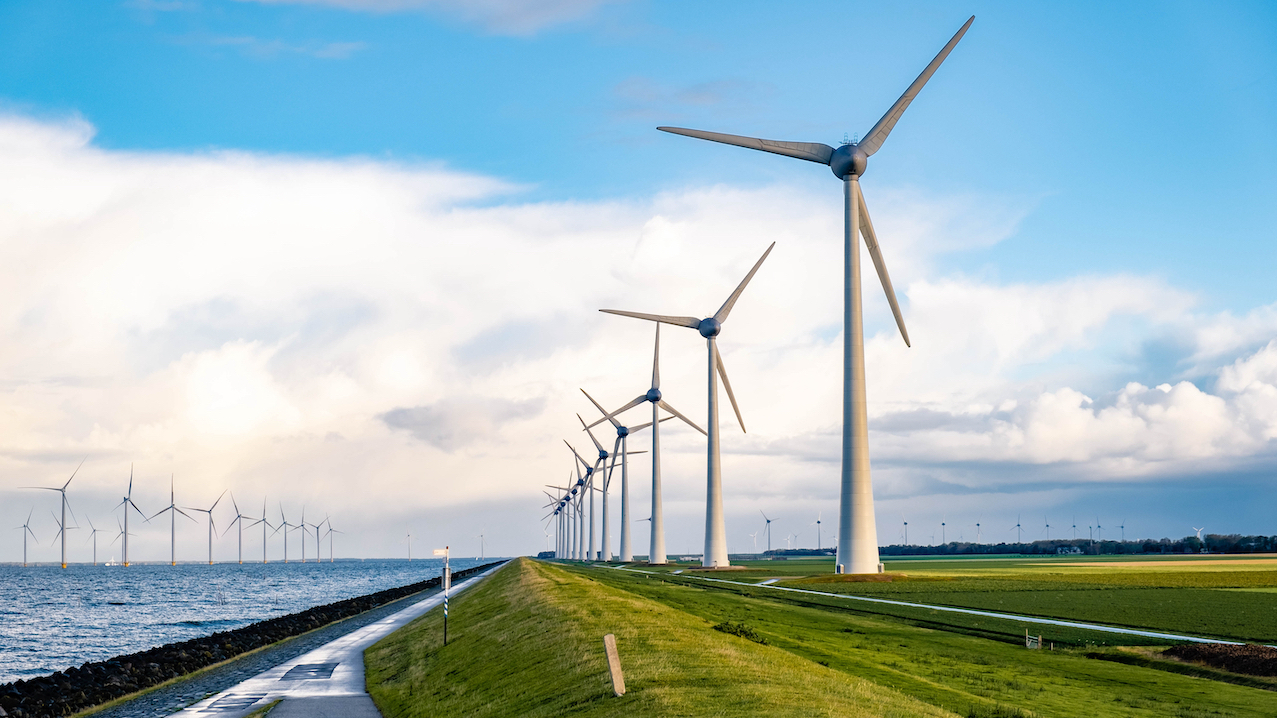Sichuan drought ‘raises concerns over renewable energy stability’
Financial services company ING’s chief economist for greater China, Iris Pang, says that the drought in China’s Sichuan province has caused a significant power shortage. The province relies on hydroelectricity and often sends excess power into Shanghai and Hangzhou. Pang writes that the broader question surrounds China’s willingness to respond to the instability of hydroelectric supply by using more coal. However, the drought could also be interpreted as a sign of urgency in scaling up renewables supply. Pang writes: “The question then is whether China will rely more on coal power in the long-term if hydroelectricity is not as stable. Instability tends to be a major characteristic of renewable energy, and China's commitment to becoming carbon neutral by 2060 is not going to change. In fact, it could now be accelerated with the drought encouraging China to push forward the technology of generating and using renewable energy.”




